Contact the following healthcare facilities directly:
MS Center Melsbroek
AZ Turnhout
Sint-Trudo Sint-Truiden
AZ Glorieux Ronse
AZ Jan Portaels Vilvoorde
Rehabilitation Hospital Inkendaal
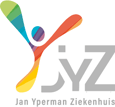
17th of February 2023
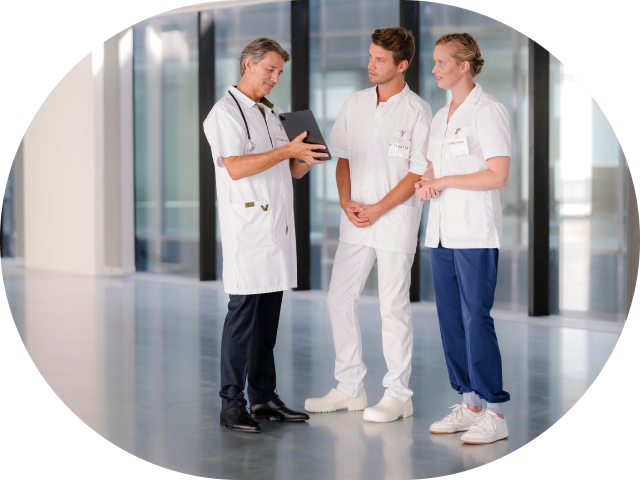
Where is the nearest infusion pump? And how many alternating mattresses are still available? These are questions that many care providers in hospitals ask themselves every day. Thanks to tiny trackers combined with a high-performance software system and enough access points, you may monitor and trace everything. A successful pilot project is currently ongoing at the Jan Yperman Hospital in Ypres. Yves Platteeuw, EPR programme manager is pleased to explain the story of his Real Time Location System (RTLS) with Bluetooth Low Energy technology (BLE).
How can we harness technology to support healthcare processes? It's a question asked in a lot of hospitals. One solution? Monitoring materials, medical devices as well as patients. After all, that way you may reduce the administrative burden and minimise error margins. This is nothing new ... There are many track-and-trace systems for medical equipment, but most applications are expensive and often involve extra work because everything has to be scanned manually. This can be done differently and better...
"How many Corona patients are currently in the emergency department? And how many patients of those are from a residential care home? It is necessary to capture the right data in order to obtain quick answers to relevant questions. This is how you acquire insights. Moreover, using big data, you reduce the administrative tasks that would otherwise have been assigned to nurses", says Yves Platteeuw of Jan Yperman Hospital. "By using a Real Time Location System, you can wirelessly track objects or people. This provides you with a spatial awareness of everything that moves in your hospital. By analysing that data, you get insights to which you may link actions. That allows you to make the right decisions faster. Because that's how big data becomes smart data."
There are all kinds of sensors and technologies that track objects and people. At Jan Yperman Hospital, they resolutely choose BLE, which stands for Bluetooth Low Energy. "That is not the same as a passive RFID tag like on clothes in a cashless sports shop. Such an RFID tag cannot be used to track patients. After all, the signal has to be captured not in one place but in the entire hospital", Yves Platteeuw continues. "A BLE sensor is an active tag. It is powered by a battery, because it must be possible for the BLE sensor to transmit a signal at any time. We deliberately choose this BLE technology because it is energy-efficient: the battery lasts up to five years.”
Access points installed at various locations in the hospital pick up the signals from the tags. A smart software system - which may properly estimate the distances to the various access points - is therefore able to detect exactly where the tag is located.
"The possibilities are incredibly vast. A nurse can thus immediately find out the location of another volumetric pump or blood pressure monitor that he/she can use. Smart bins, in turn, may detect whether certain materials with a tag accidentally end up in the rubbish. And there’s more: you could also link actions to a sensor whereby patient X can go through that door and patient Y cannot. Furthermore, we could also display rush hour traffic at any time."
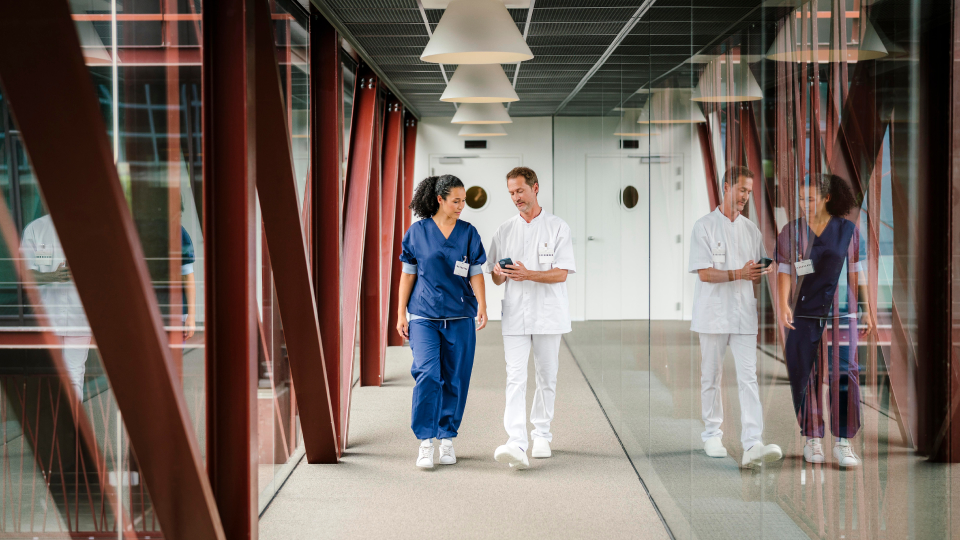
Yves Platteeuw
EPD-programmamanager
Jan Yperman Ziekenhuis
You could also use other sensors to manage the climate and temperature in a room. "By placing CO2 sensors in meeting rooms, you can immediately see which room is available or occupied. But wait, there’s more... It is even possible to control your ventilation ducts based on the amount of CO2 in a particular room", Yves Platteeuw continues. "Sensors are also useful in operating rooms. A lot of surgeries take longer than anticipated. By being smart about data, you can better manage operating room capacity. After all, you know exactly when a patient is in the preparation room, operating room or recovery room. Is a patient leaving the recovery ward? If so, the linked notification centre can even notify the family that he/she will soon be back in the room. Cleaners can also intervene more quickly. By linking artificial intelligence - operation X takes 45 minutes on average - and sensors, the cleaning service immediately knows when an operating room needs cleaning. Via machine learning, the underlying software can even get smarter every day."
Linking this technology with the KWS creates a cross-pollination that leads to even more insights and efficiency. “In the near future, when a patient comes to the hospital for an examination, he/she will be able to register via mynexuzhealth instead of at the kiosk in the entrance hall. The patient will find the right waiting room based on directions received on his/her smartphone. The various access points monitor the patient's movements and notify the attending physician that the patient has arrived. This may sound like science fiction, but we are actually already looking for partners", continues Yves Platteeuw. "A more efficient flow is perfectly possible in the operating rooms as well. Room registration happens automatically and, based on the scheduled procedure in the KWS, the screens around the operating table are correctly positioned for the surgeon handling the procedure. Image capture starts automatically and as soon as the patient leaves the operating room, all multimedia is linked to the patient's OR sheet in the KWS. The cleaning service immediately receives a message, so that the next operation may quickly take place".
You see ... the possibilities are almost endless. The technology is present and the links work. At Jan Yperman Hospital, they are already praising the efficiency that BLE technology can bring with it. Something for you too? We would be happy to see how we may link your implementations with the KWS.
More information about the Clinical Workstation for your healthcare institution? Please contact us - free of any obligations.
Sumary
Administrative burdens are reduced and the right decisions can be made faster, leading to efficiency gains in the hospital.
Real-time data analysis and decision-making help improve operational excellence.
The collaboration between JYZ and nexuzhealth is a crucial aspect for the rollout of Real Time Location System (RTLS) with Bluetooth Low Energy (BLE) technology.
The central platform for the healthcare professional
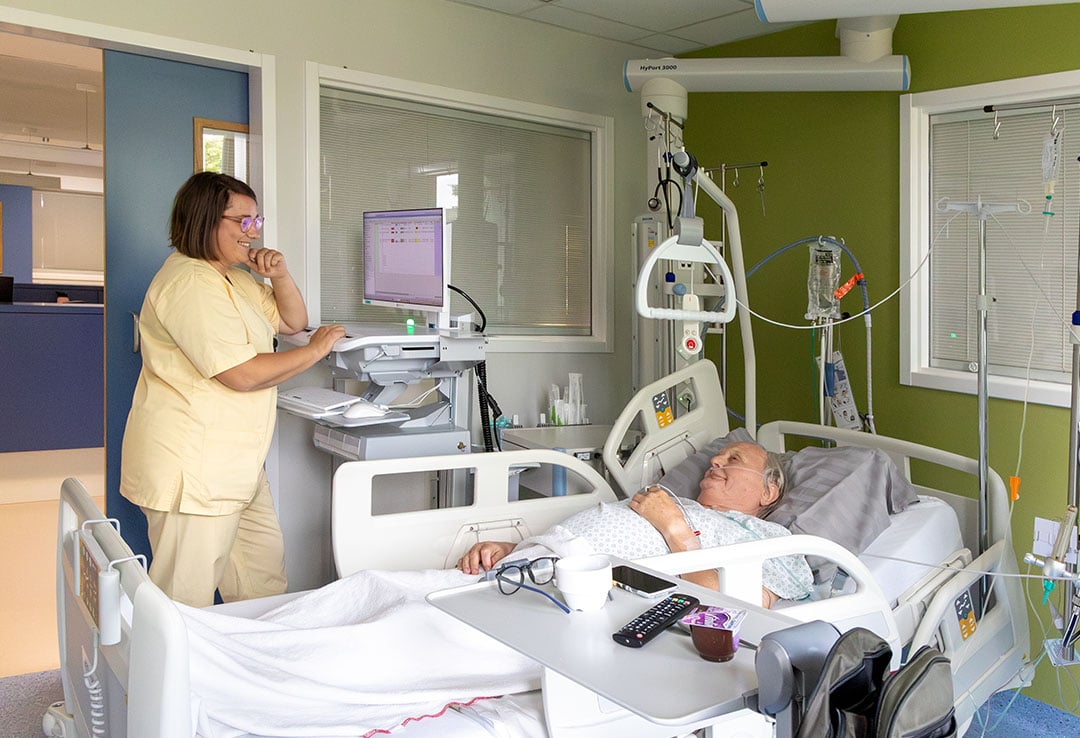
Barely a few weeks after the start-up, nurses and doctors at the intensive care unit at RZ Heilig Hart Tienen are in full agreement: KWS (Clinical Workstation), the electronic patient record, makes a world of difference.
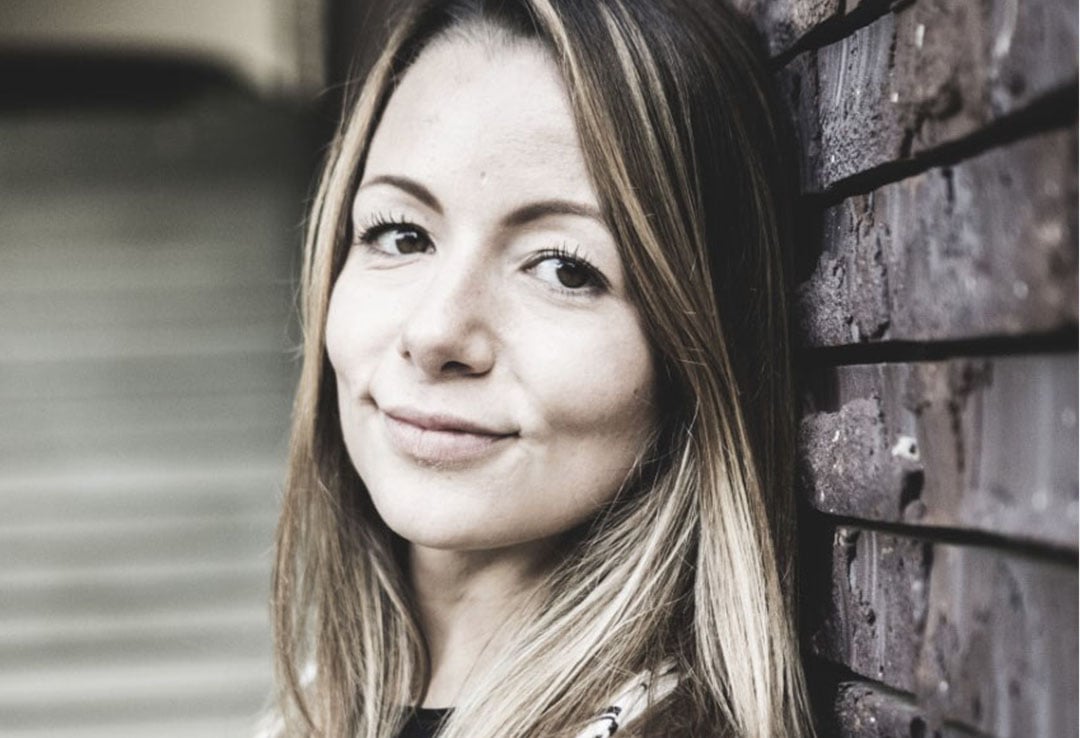
Transmural care and gaining the right insights, not only as a concept, but as an operational principle in daily operation.
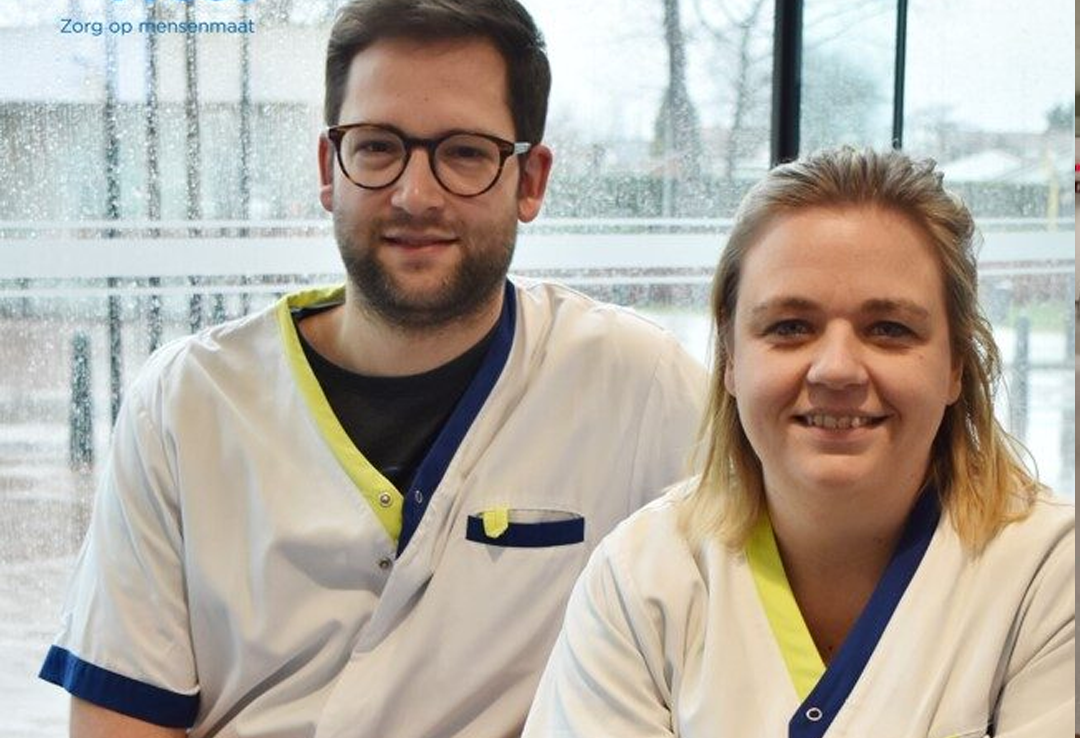
AZ West chose nexuzhealth as a partner after thorough research because of their expertise and modular functionality.
Make a difference
Our experts are ready to spar with you about how nexuzhealth can make a difference within your organization.
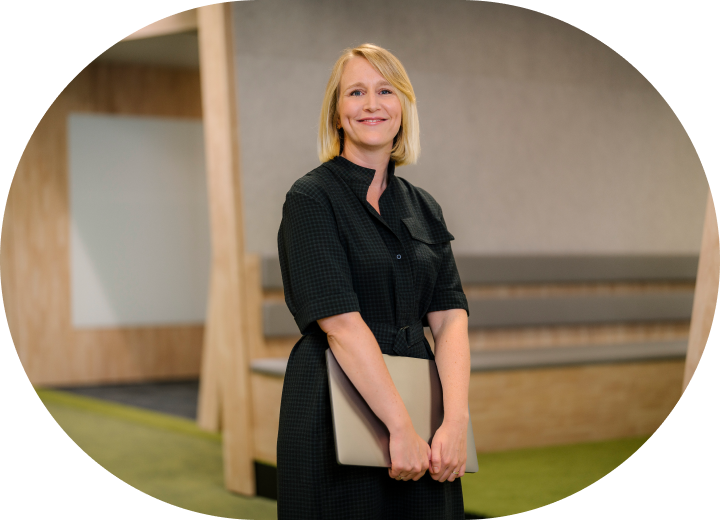
MS Center Melsbroek
AZ Turnhout
Sint-Trudo Sint-Truiden
AZ Glorieux Ronse
AZ Jan Portaels Vilvoorde
Rehabilitation Hospital Inkendaal